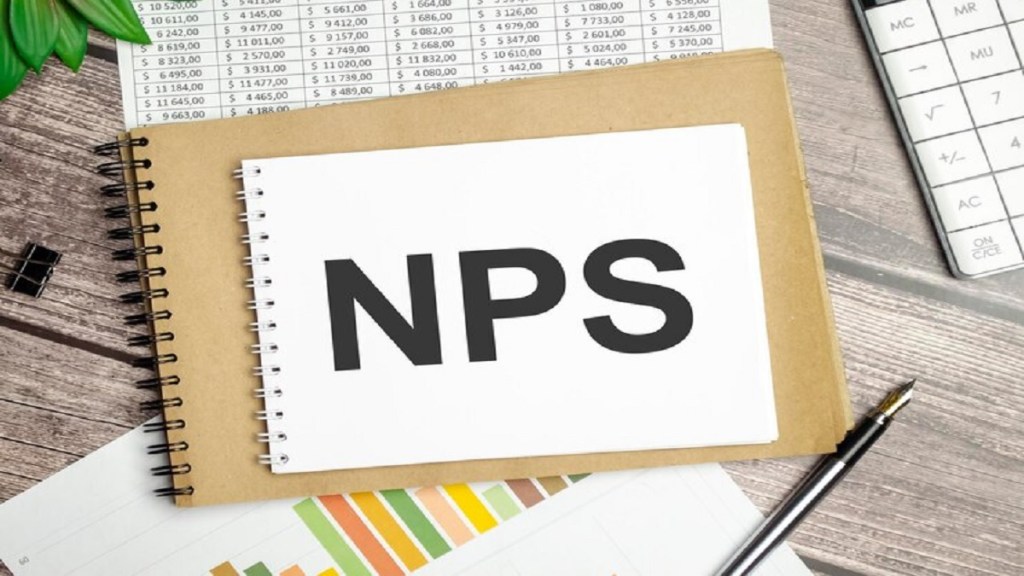The Pension Fund Regulatory and Development Authority (PFRDA), which regulates the National Pension System (NPS), has issued guidelines covering a range of digital safety aspects related to managing user accounts and processing transactions by its nodal offices.
As part of efforts to strengthen the NPS digital ecosystem and unleash pre-emptive actions to address any possible hazards, the regulatory authority came out with a circular themed ‘Digital Safety Practices for Government Nodal Offices Under NPS Architecture’.
These guidelines are aimed at encouraging a culture of digital safety awareness under NPS architecture by equipping people with right digital safety knowledge, the PFRDA said. This will also help the nodal offices follow the best practices while performing various activities related to NPS such as registration, NPS account maintenance, and exit and withdrawal formalities, it added.
Also Read: ITR e-verification time limit: Tax department notifies changes in ITR Verification form
The PFRDA is looking at establishing “a comprehensive strategy that integrates optimal methodologies, instructional initiatives, and pre-emptive actions to address possible hazards, safeguard confidential data and encourage ethical digital safety practices while accessing the digital platforms provided by Central Recordkeeping Agency (CRA).”
“This advisory shall apply to the nodal offices of central and state governments (including autonomous bodies under it) for their functions under the architecture of the NPS. This advisory is in addition to the cybersecurity and other related guidelines issued by MHA/MEITY and Cert-In and in no way reduces the liability of the officer for any omission or commission in the discharge of their duties,” the circular said.
As per the guidelines, access to the CRA system should be done by officials of the nodal office so authorized and passwords and login details are not be shared with unauthorised personnel.
The nodal office may carry out regular audits to scrutinize whether the digital safety practices as advised by the Authority are being followed in letter and spirit.
The PFRDA circular also mentioned about implementing a two-factor authentication (2FA) process for accessing the CRA system. 2FA adds an extra layer of security beyond passwords, typically requiring users to provide a secondary piece of information, such as a code sent to their mobile device. “This facility may be implemented and adhered to without deviation” the circular said.


